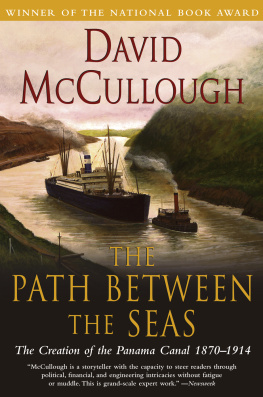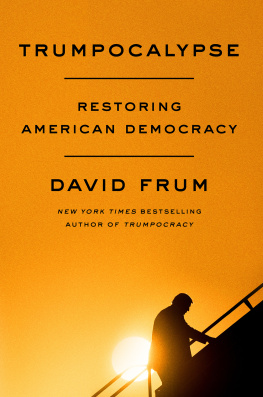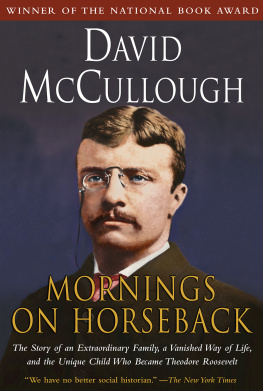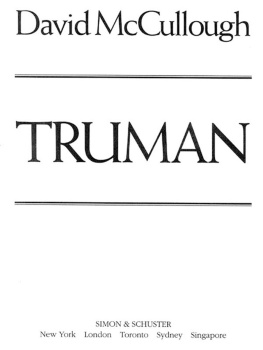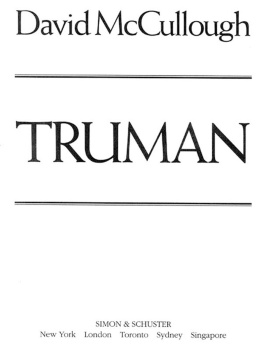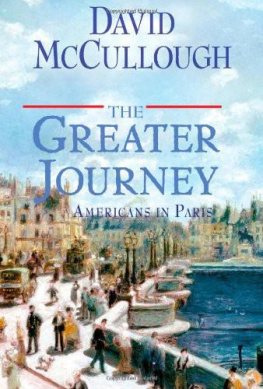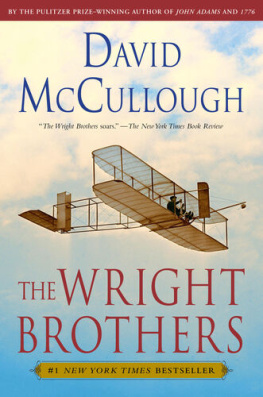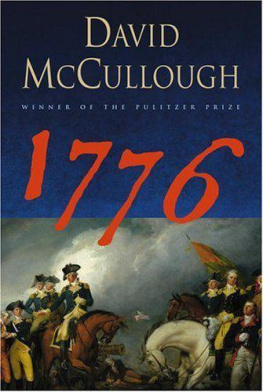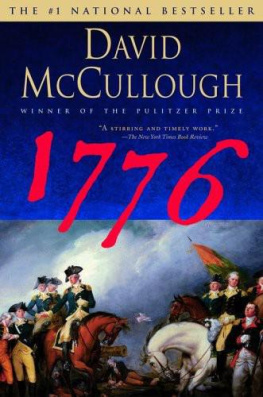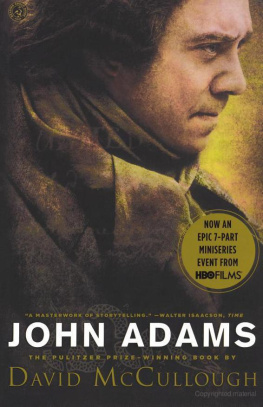We have no better social historian.
The New York Times
READ THE COMPLETE DAVID MCCULLOUGH COLLECTION

A narrative tour de force... expert research and detailed, graceful prose. Publishers Weekly

Combines a novelists sense of drama with a scholars meticulous attention to the historical record. The New York Times

Rich in revealing anecdotes and penetrating insights. The Washington Post

A full account of Roosevelts rise to manhood... full of irrepressible vitality. The Denver Post
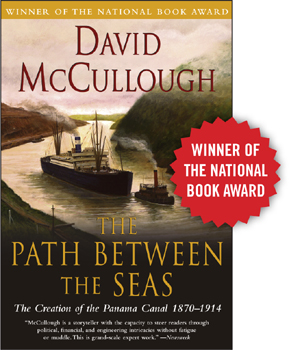
Full of giant-sized characters and rich in political skullduggery. The New York Times
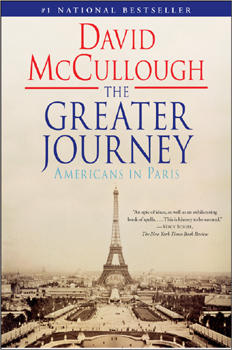
It will entice a whole new generation of Francophiles. San Francisco Chronicle
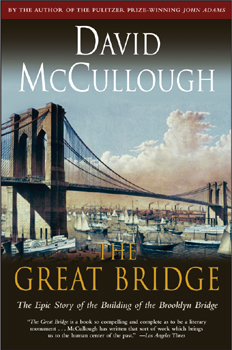
That sort of work which brings us to the human center of the past. Los Angeles Times
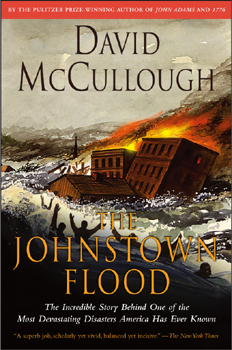
A first rate example of the documentary method. The New Yorker
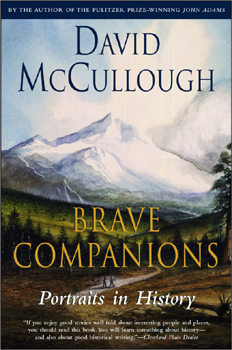
If you enjoy good stories well told about interesting people and places, you should read this book. The Plain Dealer (Cleveland)
DOWNLOAD YOUR COPIES TODAY!
Visit DavidMcCullough.com

B Y D AVID M C C ULLOUGH
John Adams
Truman
Brave Companions
Mornings on Horseback
The Path Between the Seas
The Great Bridge
The Johnstown Flood


Thank you for purchasing this Simon & Schuster eBook.
Join our mailing list and get updates on new releases, deals, bonus content and other great books from Simon & Schuster.
C LICK H ERE T O S IGN U P
or visit us online to sign up at
eBookNews.SimonandSchuster.com
Contents
For Rosalee Barnes McCullough
Preface
The creation of the Panama Canal was far more than a vast, unprecedented feat of engineering. It was a profoundly important historic event and a sweeping human drama not unlike that of war. Apart from wars, it represented the largest, most costly single effort ever before mounted anywhere on earth. It held the worlds attention over a span of forty years. It affected the lives of tens of thousands of people at every level of society and of virtually every race and nationality. Great reputations were made and destroyed. For numbers of men and women it was the adventure of a lifetime.
Because of it one nation, France, was rocked to its foundations. Another, Colombia, lost its most prized possession, the Isthmus of Panama. Nicaragua, on the verge of becoming a world crossroads, was left to wait for some future chance. The Republic of Panama was born. The United States was embarked on a role of global involvement.
In the history of finance capitalism, in the history of medicine, it was an event of signal consequence. It marked a score of advances in engineering, government planning, labor relations. It was a response to Sedan, a response to the idea of sea power. It was both the crowning constructive effort, The Great Enterprise, of the Victorian Era and the first grandiose and assertive show of American power at the dawn of the new century. And yet the passage of the first ship through the canal in the summer of 1914the first voyage through the American land massmarked the resolution of a dream as old as the voyages of Columbus.
So this book is an attempt to give fitting scope to the subject, to see it whole. I have tried to discover underlying causes for what happened, to measure forces of national pride and ambition, to grasp the still untarnished ideal of progress.
What was the nature of that day and age now gone to dust? What moved people?
Primarily my interest has been in the participants themselves. Of great importance, I felt, was the need to show the enormous variety of people involved, and the skills and strengths called upon by such an undertaking, quite apart from technical competence. I wanted to see these people for what they were, as living, fallible, often highly courageous men and women caught up in a common struggle far bigger than themselves, caught up frequently by forces beyond their control or even their reckoning. I have tried to present the problems they faced as they saw them, to perceive what they did not know as well as what they did know at any given time, and to keep constantly in mind that like all mortals in every age, they had no sure way of telling how it would all come out. The book is their story.
Pure chance, fate if you prefer, played a major part, as it always does. Popular misconceptions, self-deceptions large and small, were determining factors all along the line from the time Ferdinand de Lesseps first set things in motion. One is struck, too, by what a moving, potent force personality can bede Lesseps and Theodore Roosevelt being the outstanding examples. But no less impressive to me are the numbers of instances in which large events turned on the actions of individuals who had little notion that they were playing a part in history.
A good deal of what follows is new. It has been drawn from interviews, from unpublished sources, from published documents hitherto ignored. Several leading characters emerge as quite different from previous portrayals, and major portions of the book are set far indeed from the jungles of Panama.
Much of the French side of the story will, I expect, come as a surprise to many readers. To many readers, also, the Panama revolution and the bizarre chain of events surrounding it may seem more like the creations of fiction. But let me stress that nothing in the book has been invented. Documentation will be found in the Notes at the end.
I feel I should add a word of explanation concerning the current controversy over the canal.
My work was begun years before the canal leaped back into the headlines, and my purpose throughout has remained what it was at the start: to tell a large and important story beginning in 1870 and ending in 1914, because that was where the story belongedback on the other side of the Great War. That was the world that built the canal.
Next page
